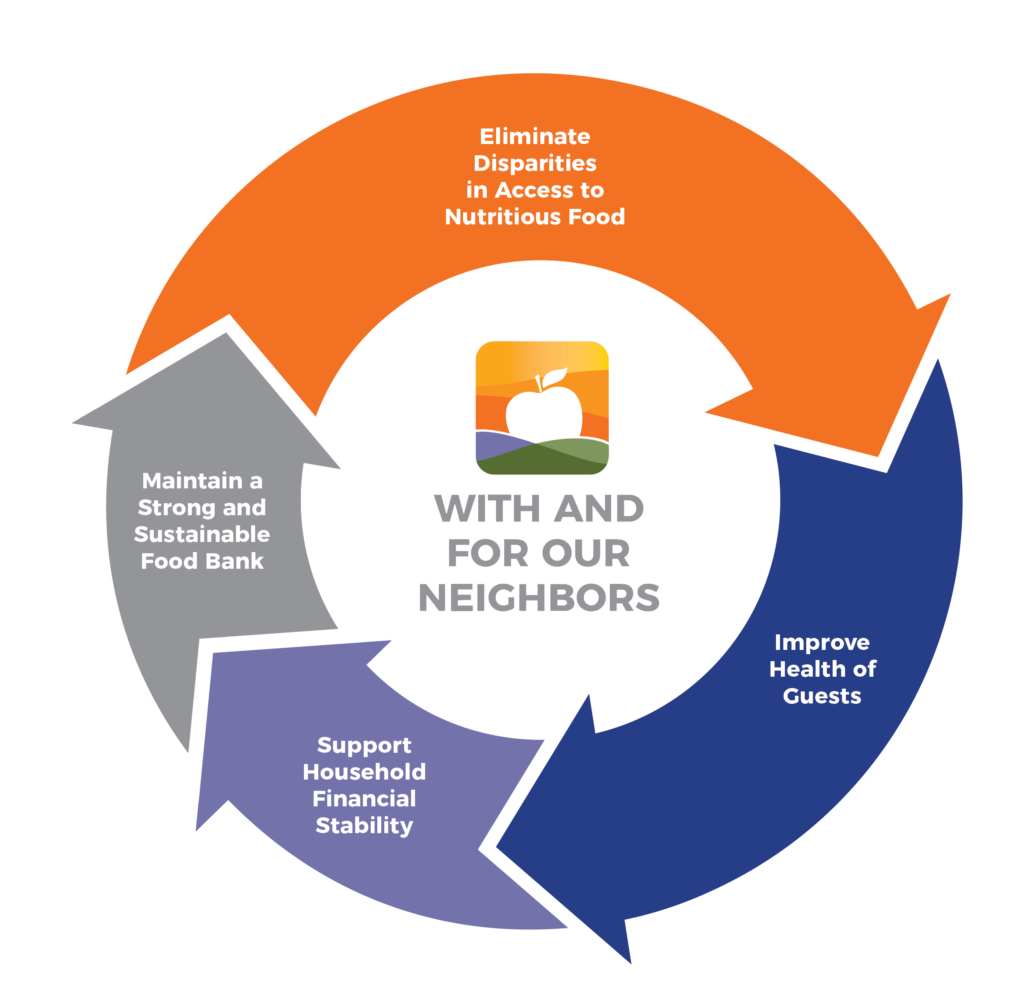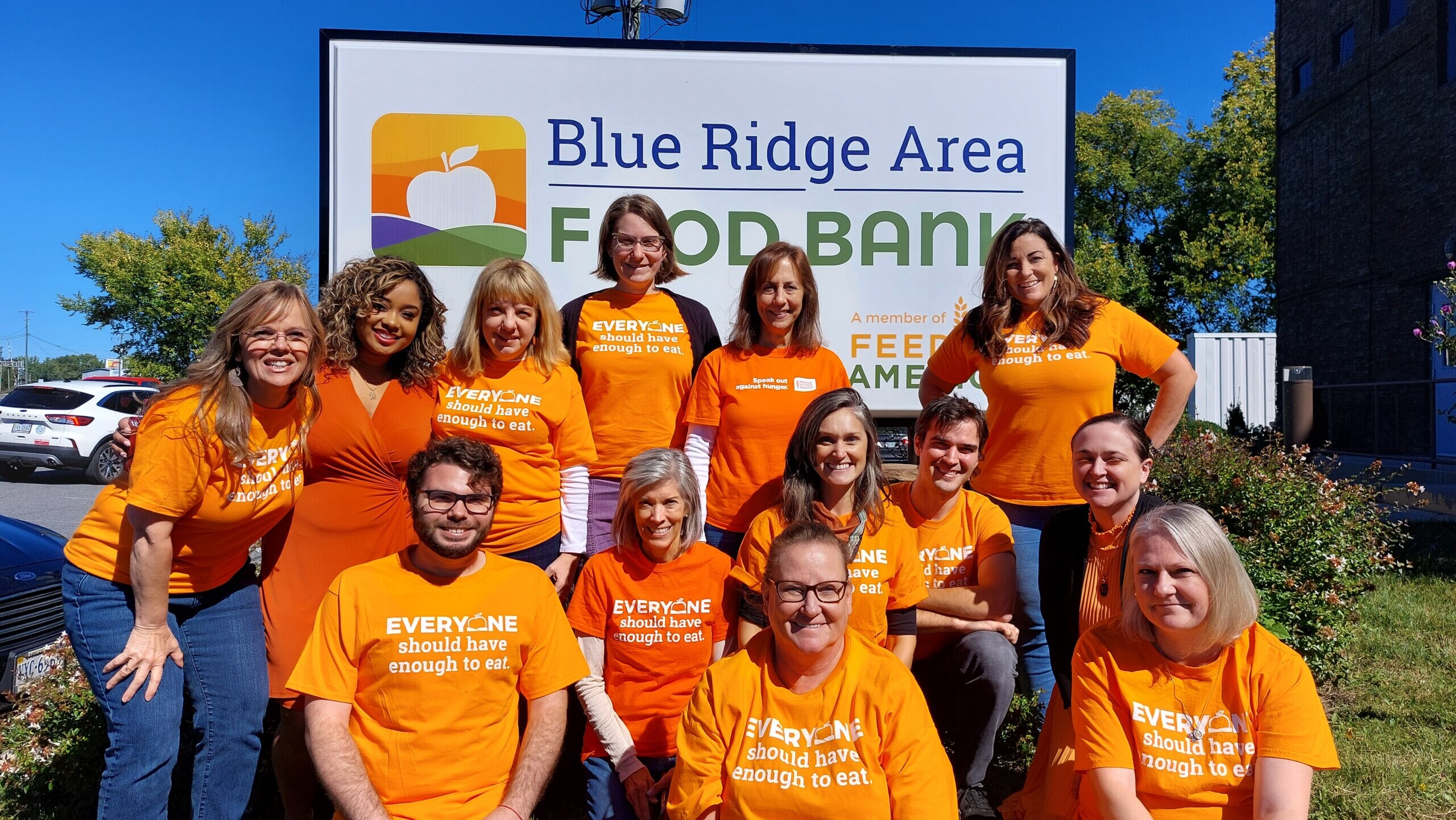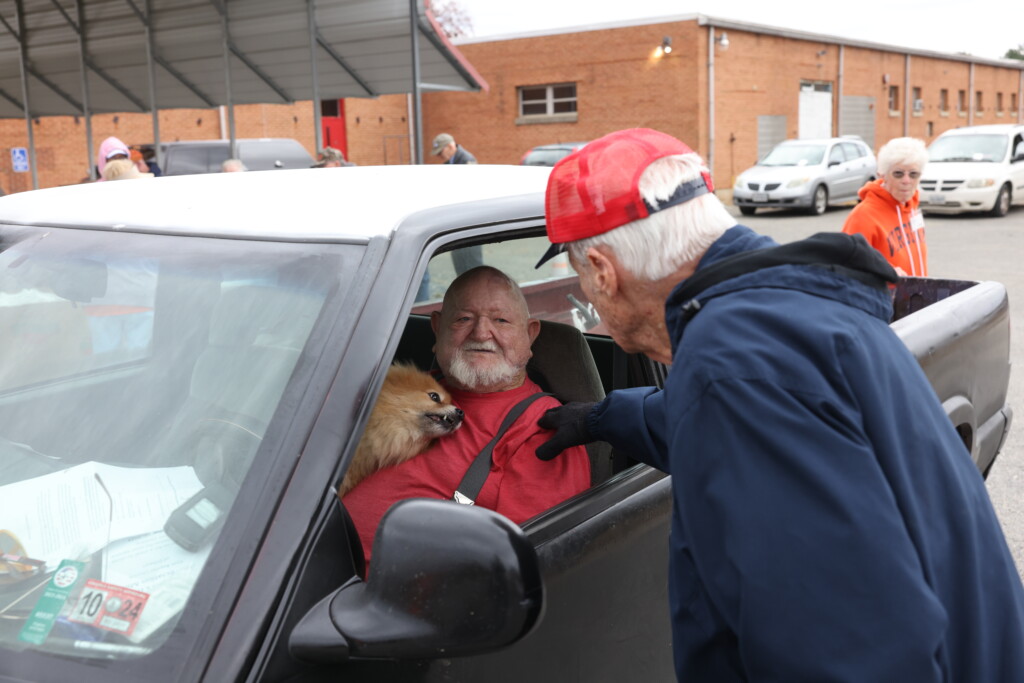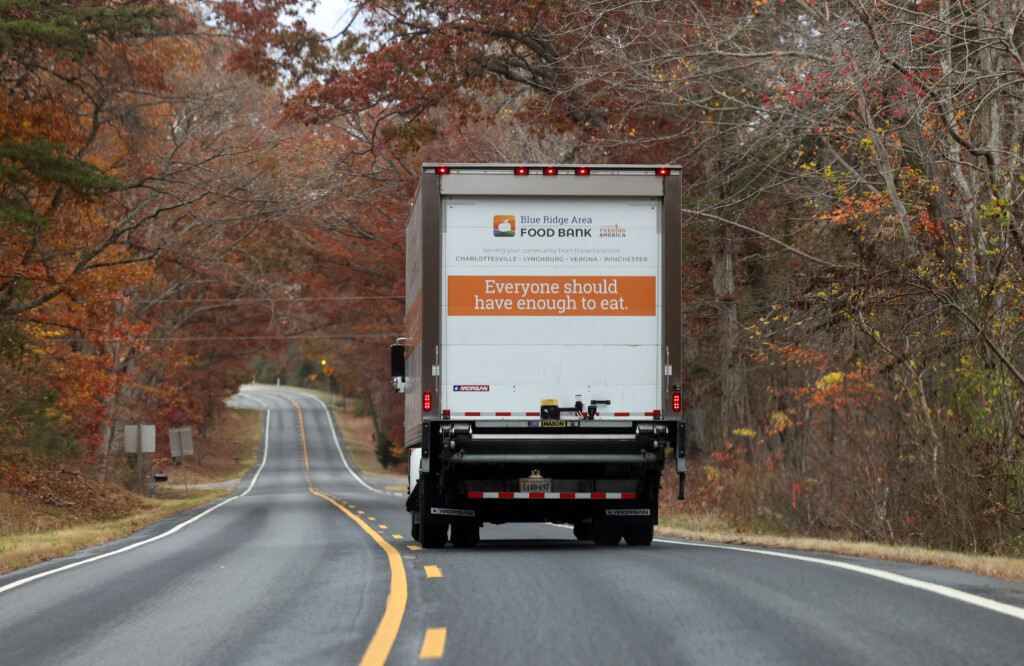Written By: Sandy Werner, Director of Marketing & Communications
Any group of people can dream of something better. But not every organization can turn that dream or vision into a reality. We are confident that the Blue Ridge Area Food Bank can and will realize our dream.
Our vision: nourishing food and good health—for everyone, every day.
How? The Food Bank is intentionally investing in the people, data, and systems that will ensure its underlying strength and sustainability and drive the change we seek for our community. When we plotted our strategic direction through 2028, we set four core goals:
- Eliminate disparities in access to nutritious food.
- Improve the health of guests.
- Support household financial stability.
Underlying all of these, the fourth goal—maintain a strong and sustainable organization—is foundational to our success.

“An organization’s mission is its north star, but sustainability is the map that charts the course towards realizing its full potential.”
HOW we are investing in the organization to impact the community
Leading with our values and aligning as a team. Employees recently led the charge to revisit and refresh our values. They are: Diversity, Accountability, Respect, Equity, and Service. Our values guide food bankers’ actions every day.
Recruiting and supporting a diverse, engaged workforce (paid and volunteer), who bring robust perspectives, experiences, and talents to this work. Our staff build relationships and become deeply rooted in the communities in which they work. (Our Employment and Volunteer pages list current opportunities—consider applying, signing up for a shift, or referring a friend!)
Developing capabilities to make data-informed decisions and innovate. This includes asking guests about their satisfaction levels and unmet needs. (Read more here). We are also assessing program effectiveness to guide adjustments and improvements. And we’re moving to a system of measuring outcomes, rather than only outputs (like pounds of food distributed). This means we will monitor changes we can observe in the lives of our guests and in our communities.
Reaching out to neighbors. We’re growing our capacity to reach out to and connect our neighbors to the resources that support their food security and health. This includes extending outreach to community members who are food insecure but not seeking help from our food-assistance network. (Read more about our “missing guests)
Reassessing infrastructure. Should we modify our fleet of trucks and vans to improve our ability to deliver to underserved areas? Might we adjust our hours of operations to improve access? These are the kinds of questions we’re pondering.
Exploring revenue streams and increasing fundraising. The Food Bank budget is under strain—due to record high need, higher costs for food and transportation, and reduced donations—so sustainability is very much on our minds. That’s why we’re thinking about other ways to fund our mission, including SNAP, Medicaid, and government grants. At the same time, we recognize that the backbone of our support is individual donors. It’s community members who make this organization strong.




